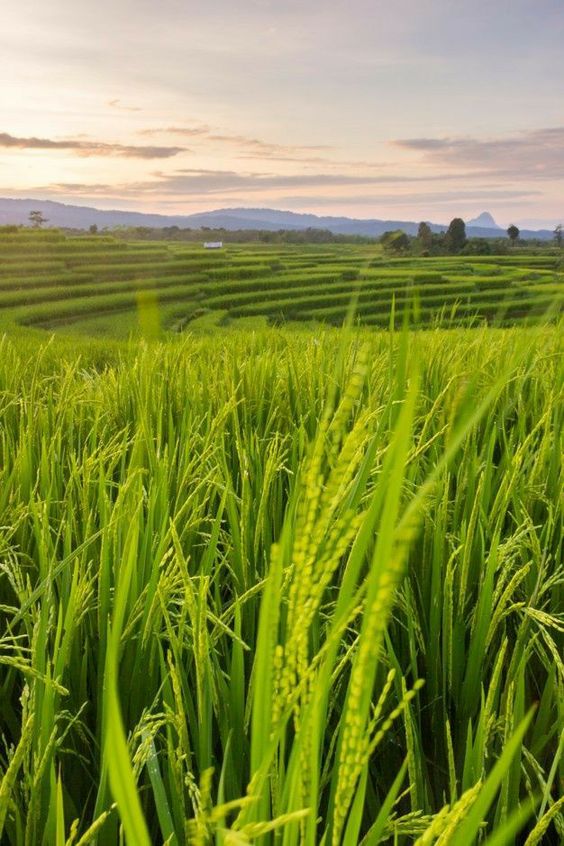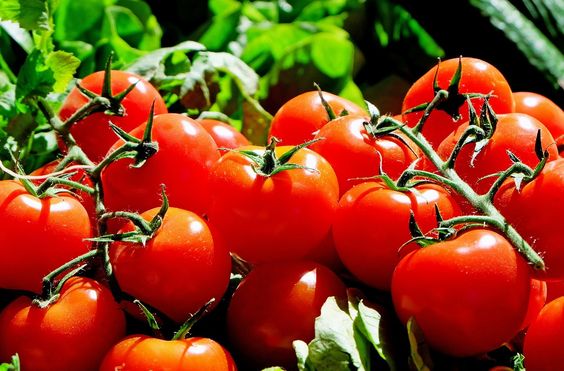Harnessing Nature’s Potential: Regenerative Agriculture and the Future of Smart Farming
Regenerative Agriculture sector faces a multitude of challenges. We need to increase food production to meet the demands of a growing global population, while simultaneously protecting our environment and mitigating the effects of climate change. Traditional agricultural practices often contribute to soil degradation, water pollution, and greenhouse gas emissions. This is where Smart Agriculture and Regenerative Agriculture emerge as complementary forces, offering a path towards a more sustainable and productive future for farming.
Contents
Smart Agriculture: Precision and Efficiency
Smart Agriculture, also known as Precision Agriculture, leverages technology to collect and analyze data from farms. This data includes information about soil conditions, weather patterns, crop health, and livestock performance. By utilizing sensors, drones, and other digital tools, farmers gain a deeper understanding of their operations, enabling them to make data-driven decisions that optimize resource use and improve yields.
For example, smart irrigation systems use sensors to monitor soil moisture, ensuring crops receive only the amount of water they need. This reduces water waste and conserves a precious resource. Similarly, precision application of fertilizers and pesticides based on real-time data minimizes environmental impact while maximizing crop health.
Regenerative Agriculture: Working with Nature
Regenerative Agriculture focuses on improving soil health and fostering natural ecosystem services within agricultural systems. It emphasizes practices that rebuild organic matter, enhance water infiltration, and promote biodiversity. These practices include:
- Reduced tillage: Minimizing soil disturbance by using no-till or reduced-till practices protects soil structure and promotes beneficial microbial activity.
- Cover cropping: Planting cover crops between cash crops helps suppress weeds, improve soil fertility, and prevent erosion.
- Composting and mulching: Returning organic matter to the soil through composting and mulching feeds soil microbes, improves water retention, and suppresses weeds.
- Rotational grazing: Managing livestock grazing patterns allows pastures to recover and promotes a more balanced ecosystem.
By implementing these practices, regenerative agriculture fosters a holistic approach to farming that benefits both the environment and agricultural productivity. Healthy soil, teeming with microbial life, becomes more resilient to drought and pests, ultimately leading to higher yields and improved food quality.
The Synergy Between Smart and Regenerative Agriculture
Smart Agriculture and Regenerative Agriculture are not mutually exclusive concepts; they work in perfect harmony. The data collected through smart farming tools can be used to inform regenerative practices. For instance, soil moisture sensors can guide decisions about cover cropping and irrigation, while real-time crop health data can help optimize nutrient management.
Regenerative practices, in turn, can enhance the effectiveness of smart farming technologies. Healthy soil with improved water infiltration and nutrient retention allows for more precise water and fertilizer application based on sensor data. This creates a feedback loop where both approaches reinforce each other, leading to a more sustainable and productive agricultural system.
Benefits of a Combined Approach
The combined application of Smart and Regenerative Agriculture offers a multitude of benefits for the agricultural sector:
- Increased productivity: By optimizing resource use and promoting soil health, regenerative practices can lead to higher yields and improved crop quality. Smart farming tools further enhance this by providing data-driven insights for better decision-making.
- Reduced environmental impact: Regenerative practices minimize soil erosion, water pollution, and greenhouse gas emissions. Smart application of fertilizers and pesticides based on real-time data further contributes to environmental sustainability.
- Improved soil health: Regenerative practices foster healthy soil ecosystems, leading to increased water infiltration, improved nutrient cycling, and enhanced resilience to drought and pests.
- Economic benefits: Increased productivity, reduced input costs, and improved market access for sustainably produced food can lead to greater profitability for farmers.
- Climate change mitigation: Regenerative agriculture practices can sequester carbon in the soil, mitigating the effects of climate change.
Challenges and Considerations
Despite the numerous benefits, implementing a combined Smart and Regenerative Agriculture approach faces certain challenges:
- Initial investment: Smart farming technologies require an initial investment in equipment and data management systems.
- Knowledge and skills: Farmers need to be trained on how to use smart farming tools and interpret data effectively. Implementing regenerative practices also necessitates a shift in mindset and farming techniques.
- Market access: There may be limited access to premium markets willing to pay a fair price for sustainably produced food.
Conclusion
The future of agriculture lies in harnessing the power of technology and working in harmony with nature. Smart Agriculture and Regenerative Agriculture, when implemented together, offer a promising path towards a more sustainable, productive, and resilient agricultural sector. By embracing these approaches, farmers can not only meet the demands of a growing population but also ensure the long-term health of our planet and the food systems that sustain us all




